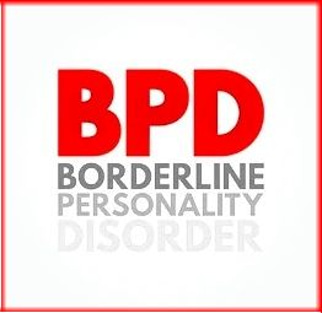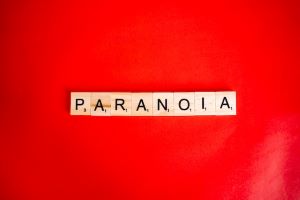“What does borderline personality mean, anyhow? It appears to be a way station between neurosis and psychosis: a fractured but not disassembled psyche. Though, to quote my post-Melvin psychiatrist, "It's what they call people whose lifestyles bother them.”
― Susanna Kaysen
Psychotic symptoms, including hallucinations, are relatively common among individuals with borderline personality disorder. Studies show that approximately 50% of people with BPD experience psychotic symptoms, with auditory hallucinations (hearing voices) being the most prevalent type.
Auditory hallucinations in BPD consist of individuals hearing repetitive words and phrases. These words are often linked to past traumatic experiences. The voices can vary in frequency and severity, with some individuals experiencing them daily. They are typically described as highly distressing and may be malicious or diabolic in their tone and content.
Childhood trauma plays a significant role in the development of psychotic symptoms in individuals with borderline personality disorder. Types of trauma include emotional, physical, and sexual abuse, as well as neglect and bullying.
Trauma disrupts a child's secure attachment with caregivers, leading to insecure attachment styles characterized by fear of abandonment and distrust in others.
These attachment issues impair emotional regulation, contributing to extreme emotional lability and dissociation, which are often precursors to psychotic symptoms. In addition, affectionless or controlling parents characterized by abuse and neglect are particularly associated with an increased risk of psychotic symptoms in adulthood.
Numerous studies have shown that childhood trauma profoundly impacts the development of psychotic symptoms in BPD by disrupting emotional regulation and a child’s attachment security. These effects increase susceptibility to dissociation and hallucinations, particularly auditory ones. Addressing trauma-related factors is essential for understanding and treating psychotic symptoms in BPD patients.
Early intervention can significantly mitigate the risk of developing psychotic symptoms in individuals with BPD. Research highlights several benefits of identifying and addressing BPD symptoms early, particularly during adolescence and young adulthood, when the disorder often begins to manifest, especially because auditory hallucinations in BPD are associated with increased rates of hospitalization, suicide plans, and attempts compared to those without psychotic symptoms.
Treating psychotic symptoms in individuals with borderline personality disorder (BPD) requires an individualized, symptom-focused approach. Unlike schizophrenia or other primary psychotic disorders, psychotic symptoms in BPD are short-lived, stress-related, and rooted in emotional dysregulation and trauma rather than a persistent psychotic disorder. The treatment typically involves a combination of psychotherapy, targeted medication, and lifestyle changes.
DBT is one of the most effective therapeutic approaches for BPD, focusing on emotional regulation, distress tolerance, and mindfulness. DBT helps individuals manage stress-induced dissociation or brief psychotic symptoms, which are common in BPD. Skills training can help the person respond to hallucinations or paranoid thoughts in a grounded, non-reactive manner.
Medication is not the primary treatment for BPD but may be used to target specific symptoms, including psychotic-like experiences. Important considerations include the transient nature of psychotic symptoms in BPD and the risk of overmedication.
Antipsychotics, and in particular atypical antipsychotics, such as zyprexa, abilify, quetiapine, aripiprazole, or olanzapine, may be used off-label to address distressing hallucinations or paranoia.
These medications are generally prescribed at lower doses than for schizophrenia and are used for short periods to minimize side effects. Evidence suggests they can help reduce psychotic symptoms and mood instability in BPD.
In severe cases where psychotic symptoms lead to significant distress, self-harm, or suicidal ideation, short-term hospitalization or crisis care may be required. During hospitalization, a structured environment can help stabilize the individual and provide safety while adjusting therapeutic interventions.
Treatment for psychotic symptoms in BPD focuses primarily on psychotherapy, with adjunctive use of medications as needed. Dialectical Behavior Therapy is particularly effective, while drugs such as low-dose atypical antipsychotics can provide symptom relief. However, the key to achieving long-term relief from psychotic symptoms seems to lie in addressing underlying trauma, stress, and emotional regulation, which is essential for long-term management of psychotic symptoms in BPD.
Source Material: pubmed.ncbi.nlm.nih.gov psychiatryonline.org sciencedirect.com frontiersin.org


